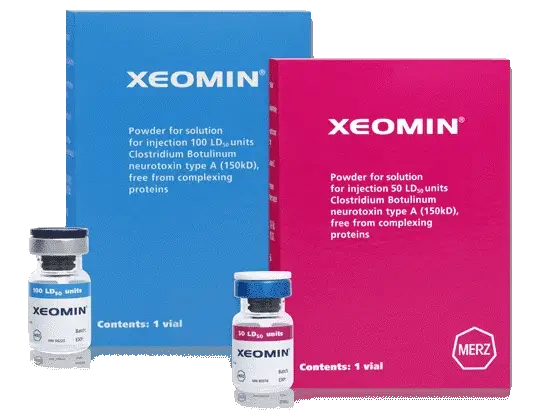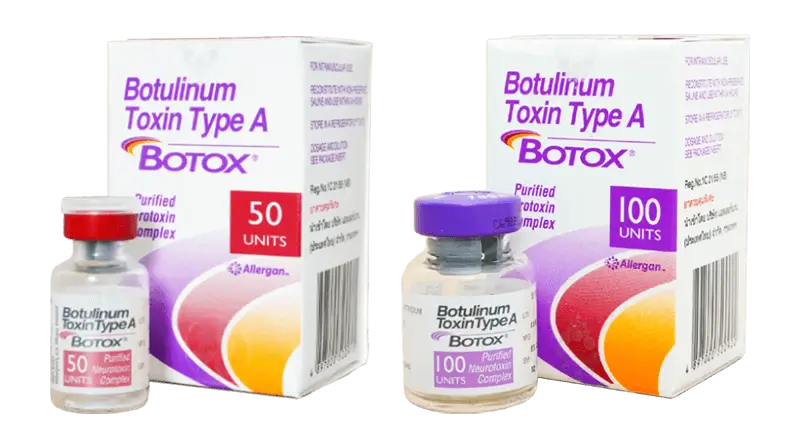Botox
Botox
What You Should Know About Botox
Understanding Botox
What It Is:
Botox, short for Botulinum Toxin, is a neurotoxic protein produced by the bacterium Clostridium botulinum.
Despite being related to a potent toxin, when used in medical applications, Botox is highly diluted and considered safe.
How It Works:
Blocks nerve signals to muscles, preventing contraction and causing smoother skin.
Common Uses
Cosmetic:
Botox is most famous for its cosmetic use in reducing facial wrinkles and fine lines. It temporarily paralyzes the muscles responsible for these lines, leading to a smoother appearance.
Botox is commonly injected into areas of the face to reduce wrinkles and fine lines:
Forehead Lines – horizontal lines across the forehead.
Glabellar Lines – vertical frown lines between the eyebrows (“11” lines).
Crow’s Feet – wrinkles around the outer corners of the eyes.
Bunny Lines – lines on the bridge of the nose when smiling.
Eyebrow Lift – to slightly raise the eyebrows for a more open look.
Lip Lines – fine vertical lines around the mouth.
Gummy Smile – to reduce excessive gum exposure when smiling.
Chin Dimpling – to smooth “orange peel” texture on the chin.
Jawline (Masseter Muscles) – to slim the jaw or relieve teeth grinding (bruxism).
Neck Bands (Platysmal Bands) – to reduce visible neck cords
Medical:
Botox also treats a range of medical conditions by targeting specific muscles or glands:
Chronic Migraine – injections around the head and neck.
Hyperhidrosis (Excessive Sweating) – underarms, hands, feet, or face.
Overactive Bladder – injections into the bladder muscle.
Strabismus – to treat crossed eyes.
Cervical Dystonia – neck muscles to relieve pain and abnormal head position.
Spasticity – for muscles affected by cerebral palsy, stroke, or multiple sclerosis.
Blepharospasm – eyelid twitching or spasms.

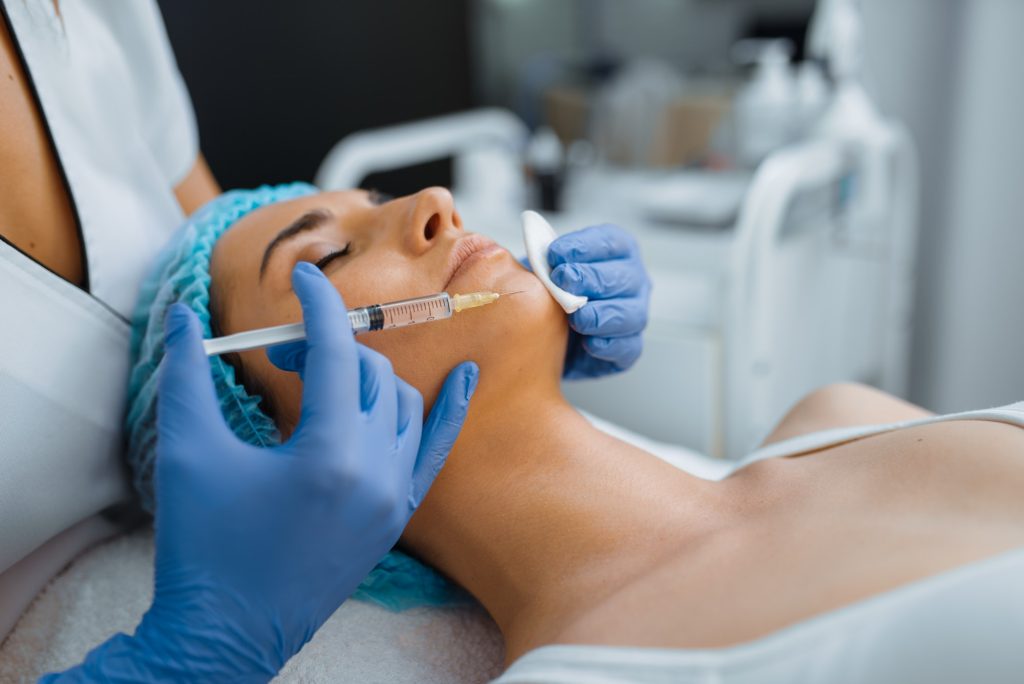
Procedure Details:
Duration:
Quick, usually 10-15 minutes.
Pain:
Minimal discomfort; often likened to a slight pinprick.
Downtime:
Little to no downtime; bruising or swelling may occur.
Patients can usually return to daily activities immediately,
though they are advised not to rub the treated area for a few hours and to avoid alcohol or blood-thinning medication before the procedure to reduce bruising risk.
Results:
Onset:
Typically visible within 2 weeks.
Duration:
Effects last 3-6 months, requiring repeat sessions for maintenance.
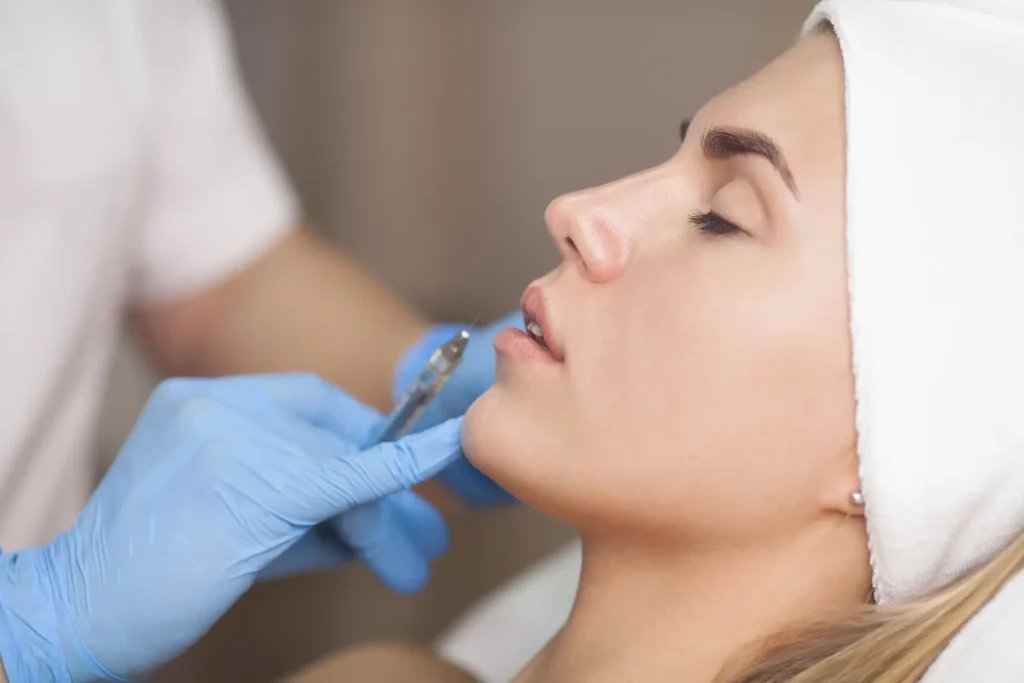
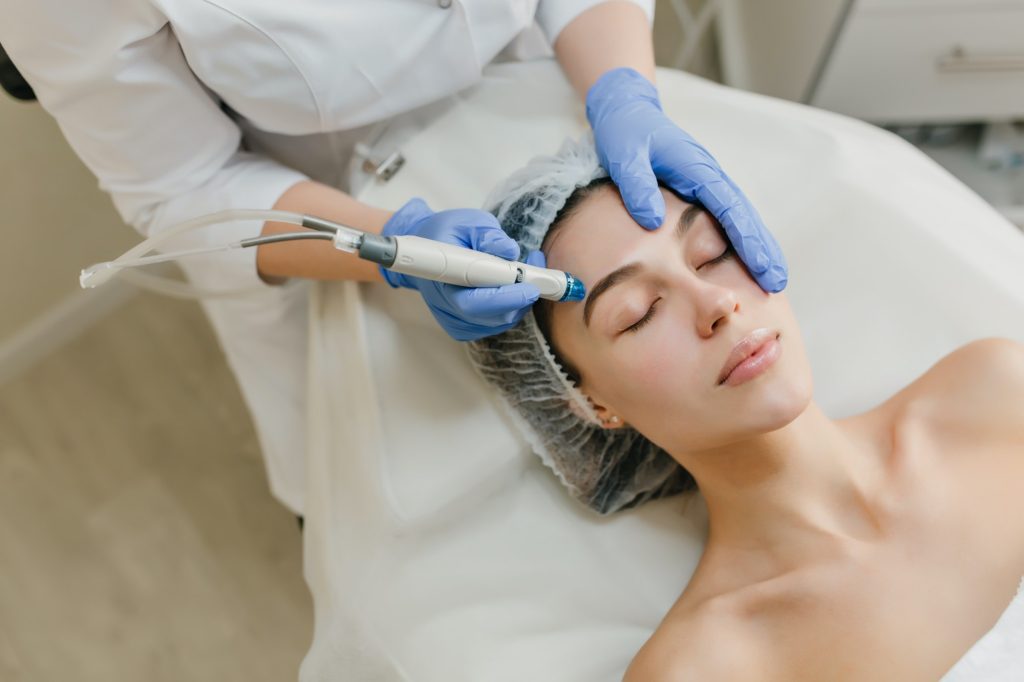
Potential Side Effects:
Common:
Common side effects include mild pain, swelling, or bruising at the injection site. Some may experience temporary headaches or flu-like symptoms. Rarely, the toxin can spread beyond the injection site, causing symptoms similar to botulism.
Rare: Allergic reactions, vision issues, muscle weakness.
Candidacy Considerations:
Not Suitable For:
Pregnant/nursing women, individuals with certain neurological conditions.
Consultation Recommended: Discuss medical history and goals with a qualified provider.
Cost Factors:
Varies By:
Provider experience, geographic location, treatment area.
Choosing a Provider:
Importance of Qualifications: Ensure the injector is licensed and experienced.
Facility Standards: Select a reputable clinic with a track record of safety.

Before Treatment Tips:
- Avoid Blood Thinners: Such as aspirin and supplements reducing bruising risk.
- Discuss Medications: Inform the doctor about any ongoing treatments.

Post-Treatment Care:
- Avoid Rubbing Treated Area: To prevent toxin migration.
- Avoid Laying Down: Recommended 4 hours to prevent toxin migration.
- Temporary Makeup Avoidance: Recommended for 8 hours post-injection.
- Avoid Alcohol: Recommended for 24 hours post-injection.
- Avoid Sun Exposures, Tanning Bed, Saunas: Recommended for 24 hours post-injection.
- Avoid Sweaty Workouts: Recommended for 24 hours post-injection.
- Expect Bruising and Swelling: It will resolves within 1 week.
- Be Patient: Full result takes 10-14 days
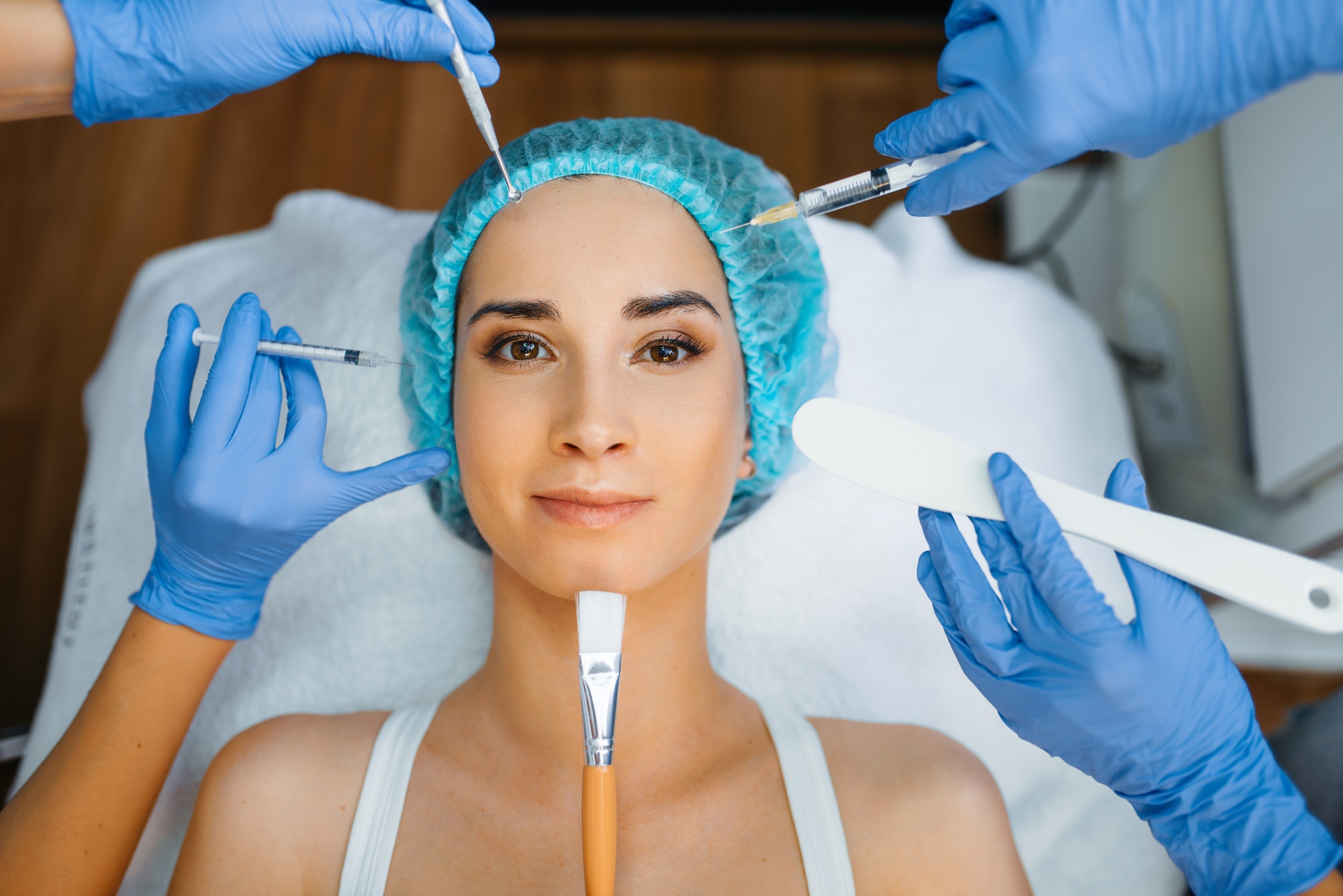
Red Flags:
- Unregulated Providers: Avoid spas or salons not medically supervised.
- Too-Good-To-Be-True Deals: Extremely low prices can indicate compromised product quality or service.
Why Choose Us?
At The Astell Clinic, we specialize in providing top-tier treatment products to help you achieve a youthful and refreshed appearance. Our experienced professionals are dedicated to personalized care and outstanding results.
Contact Us For Your Free Online Consultation Today.


